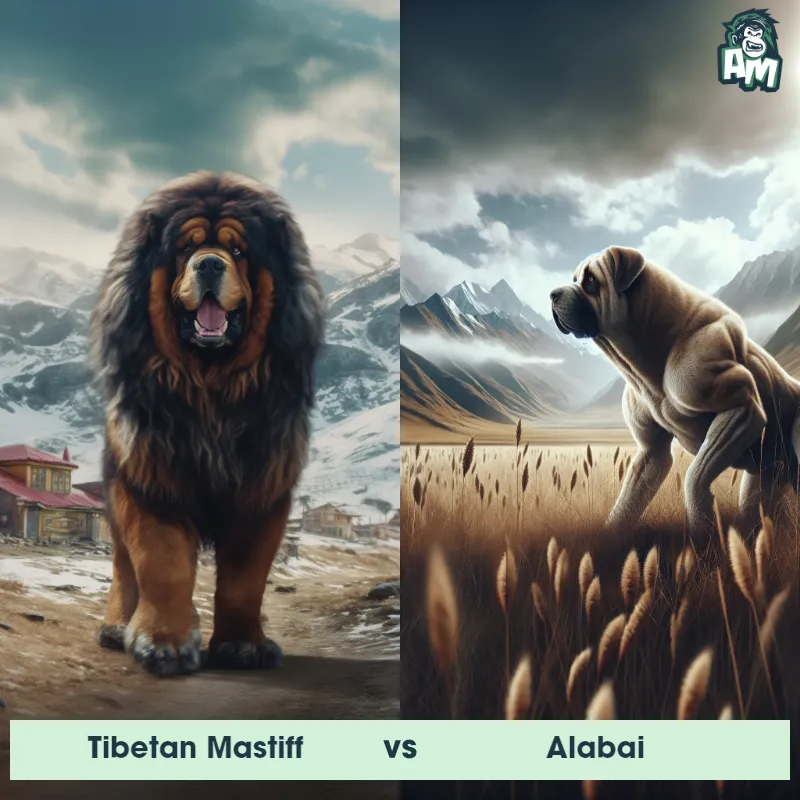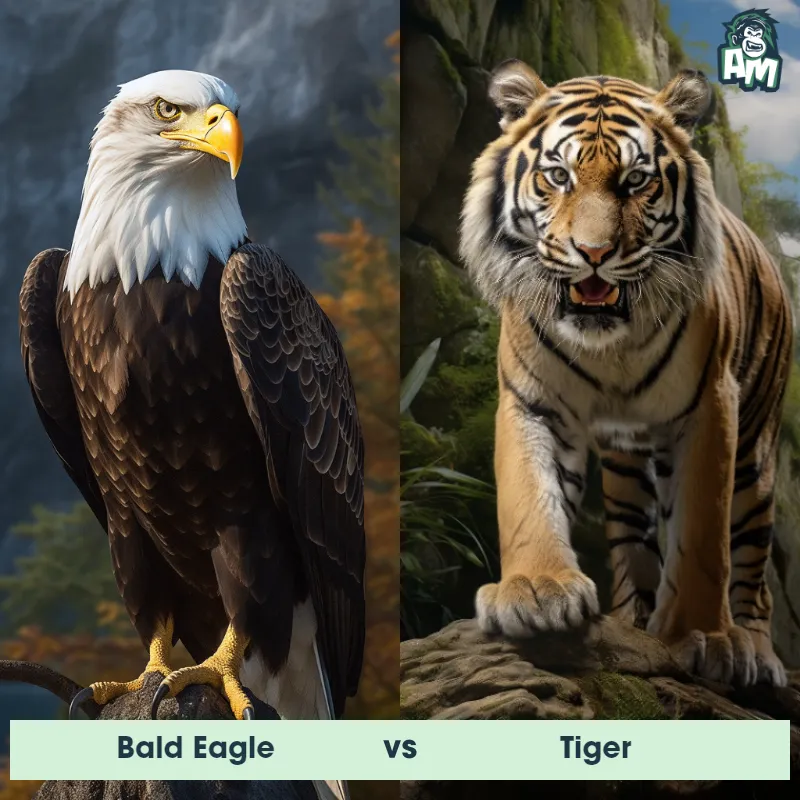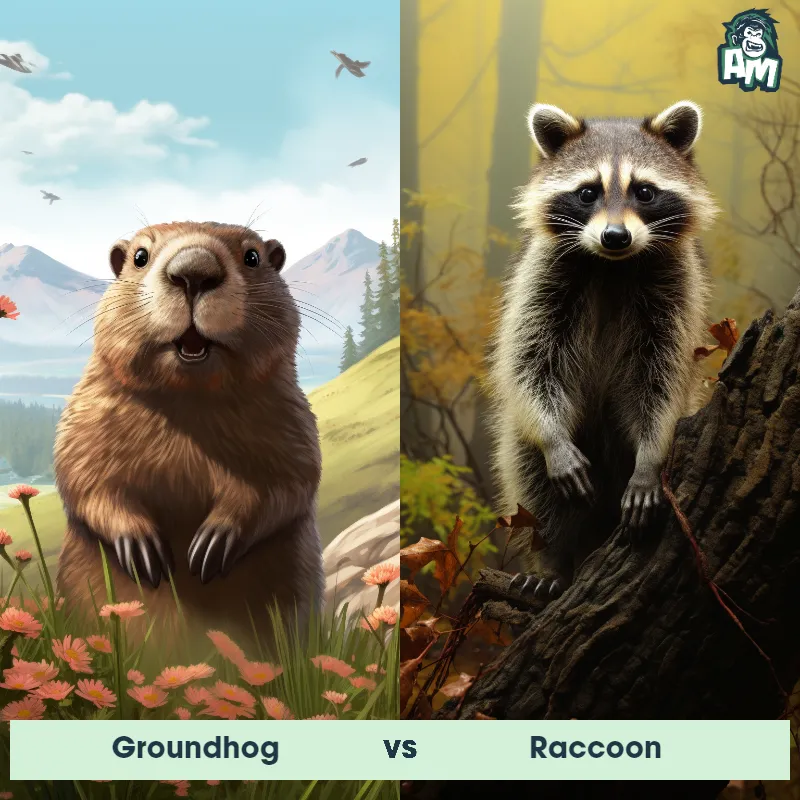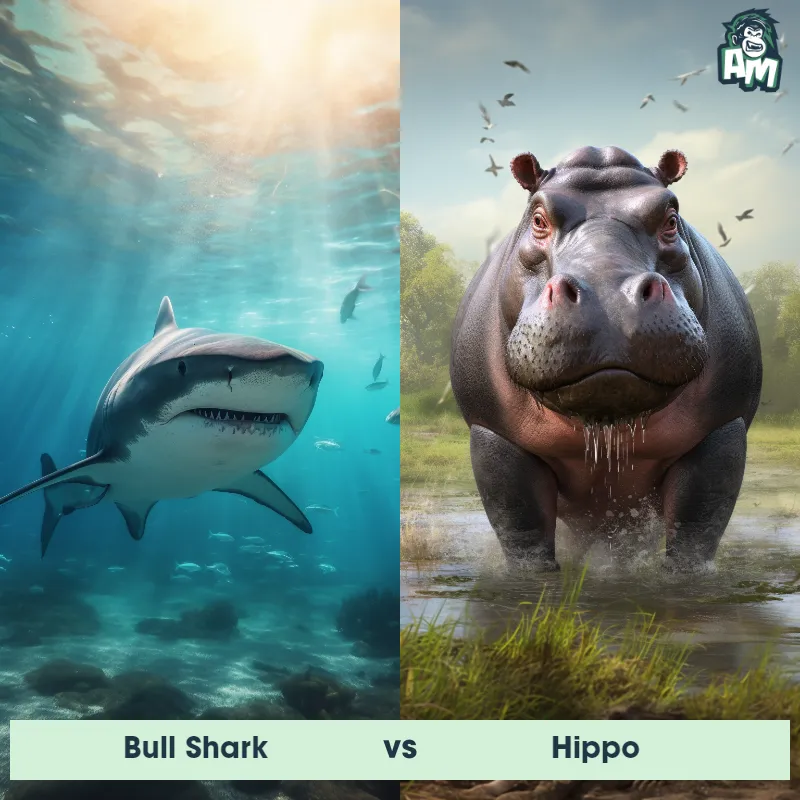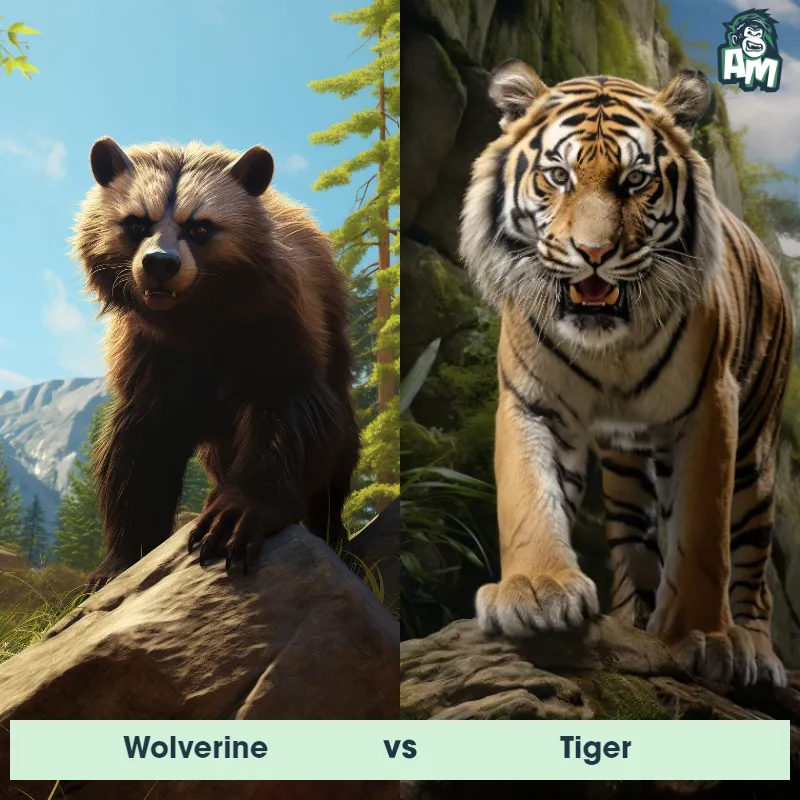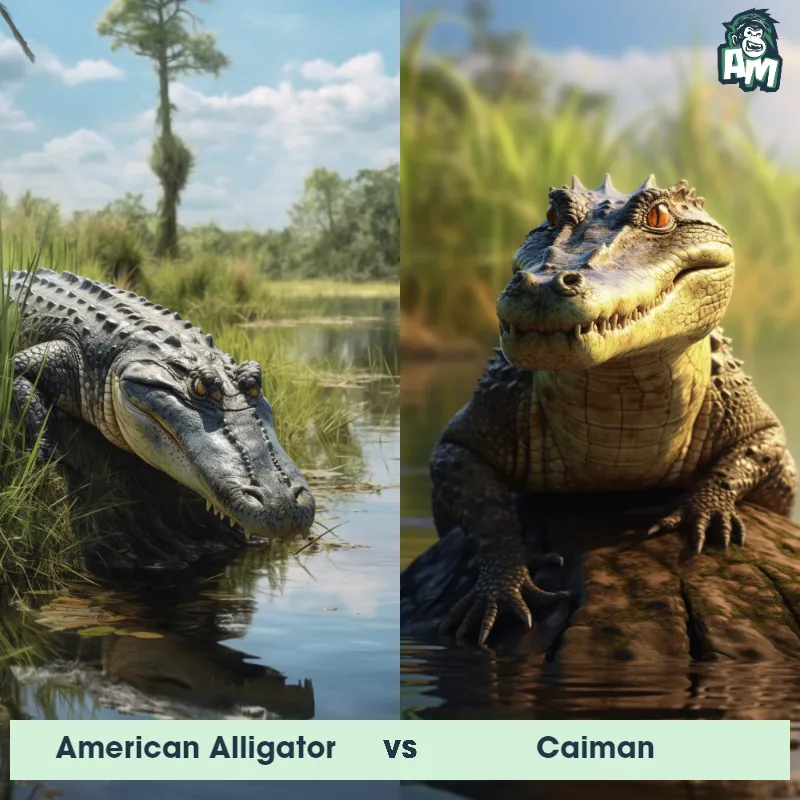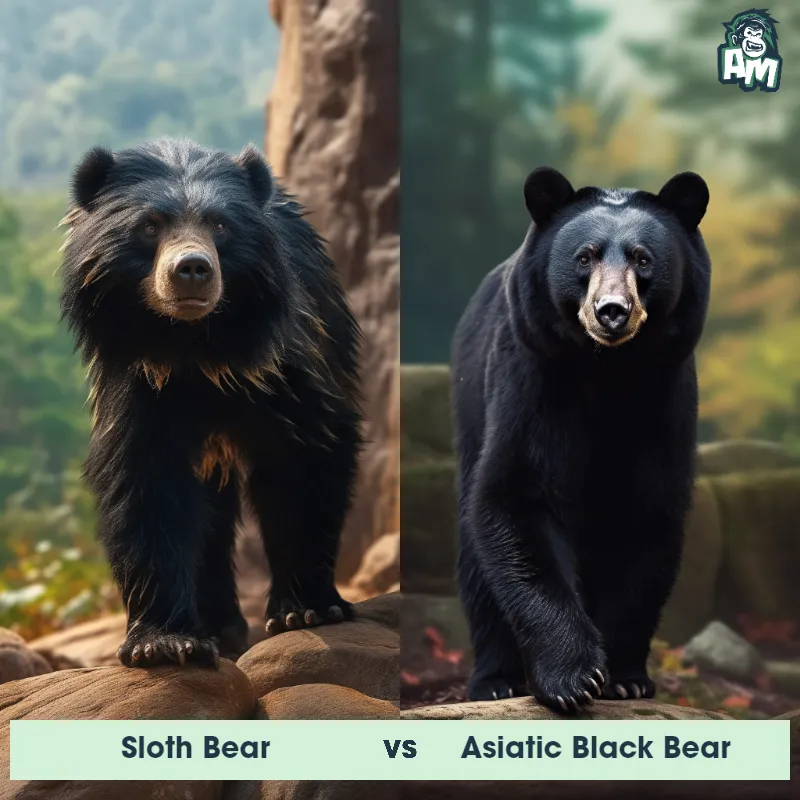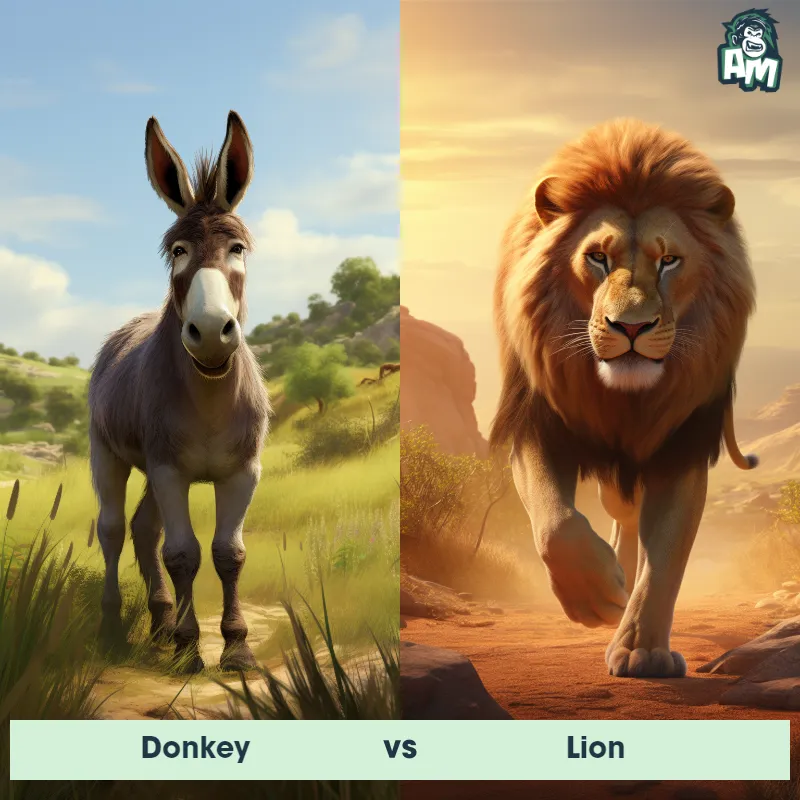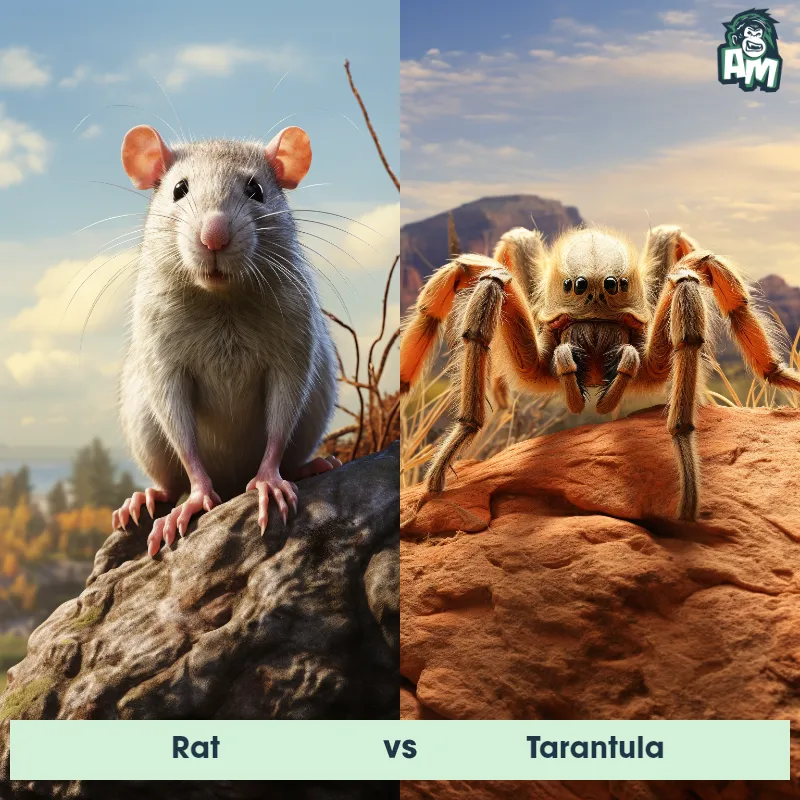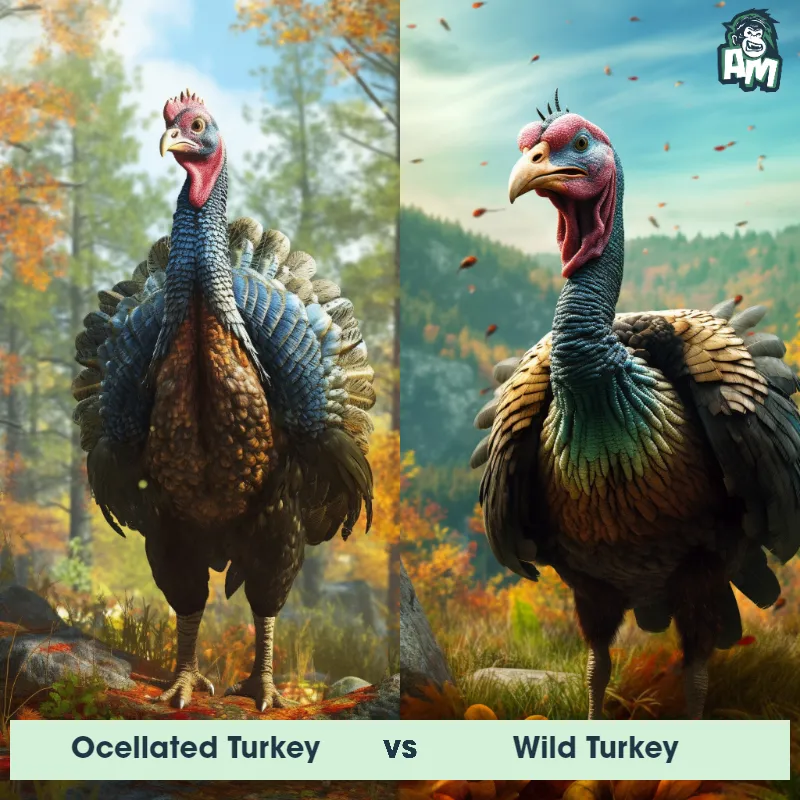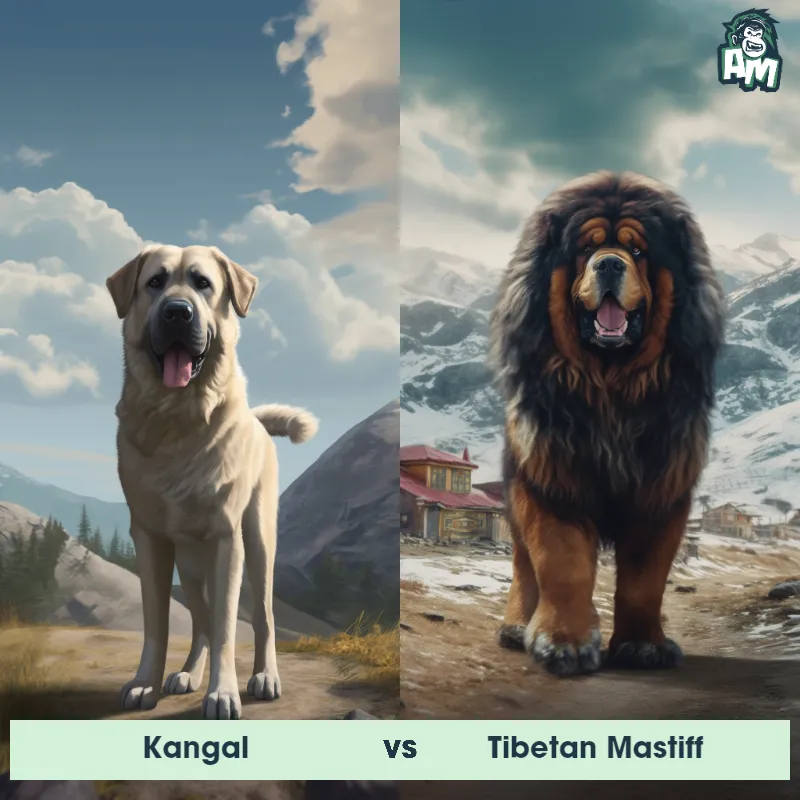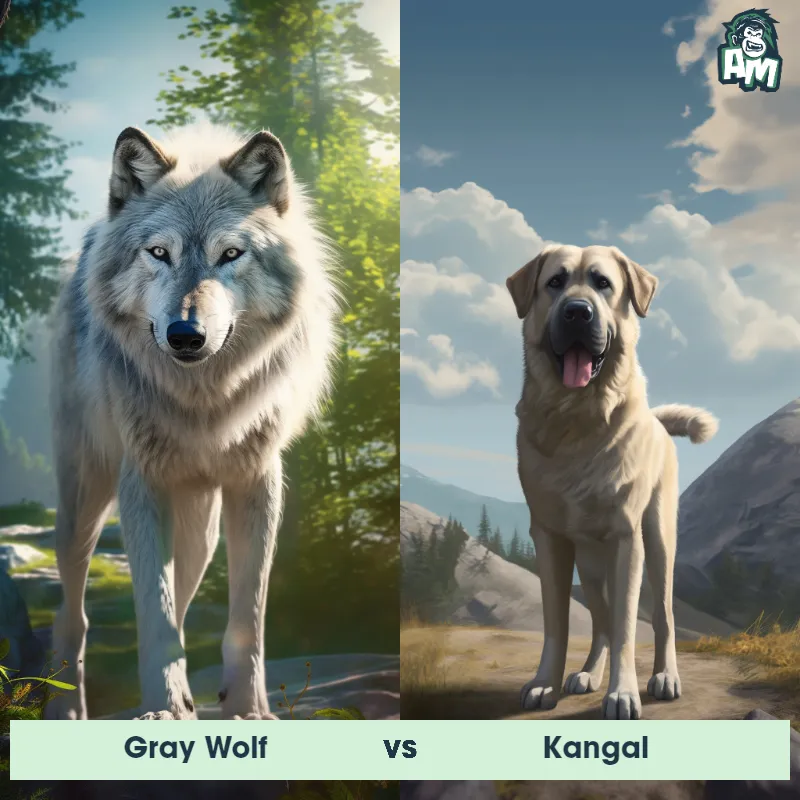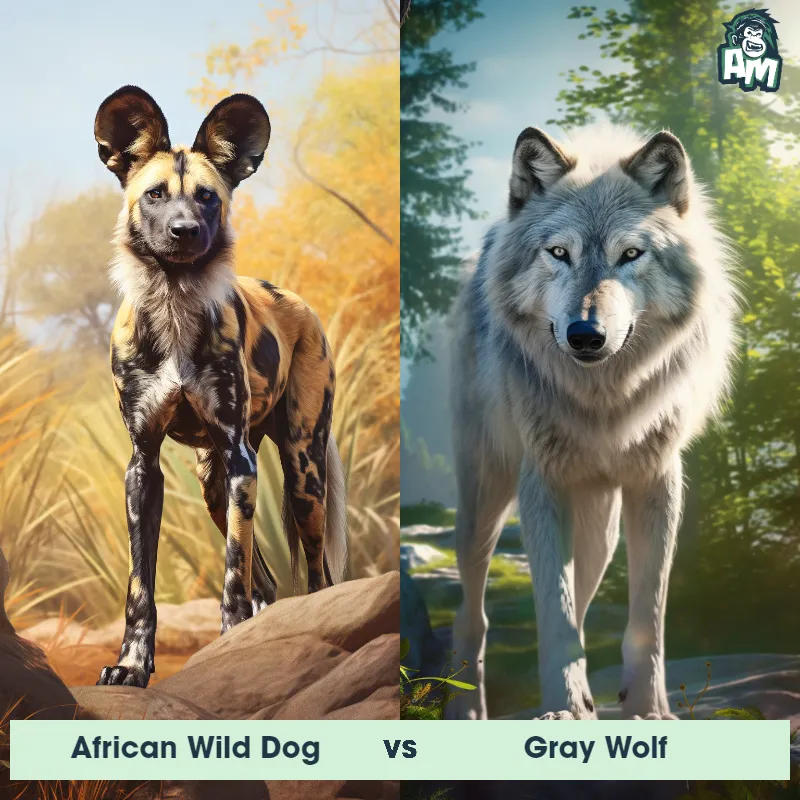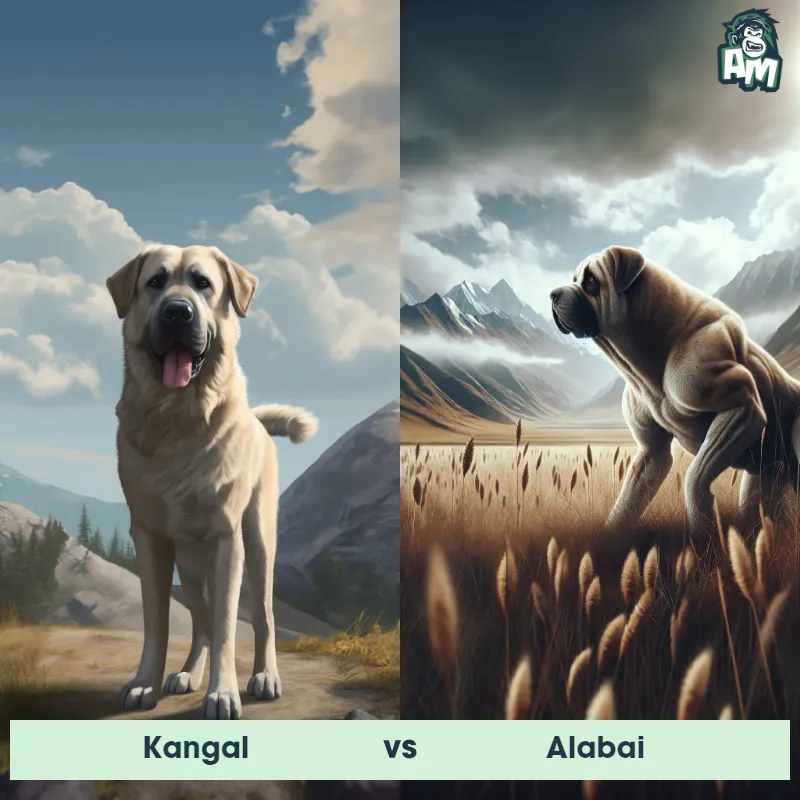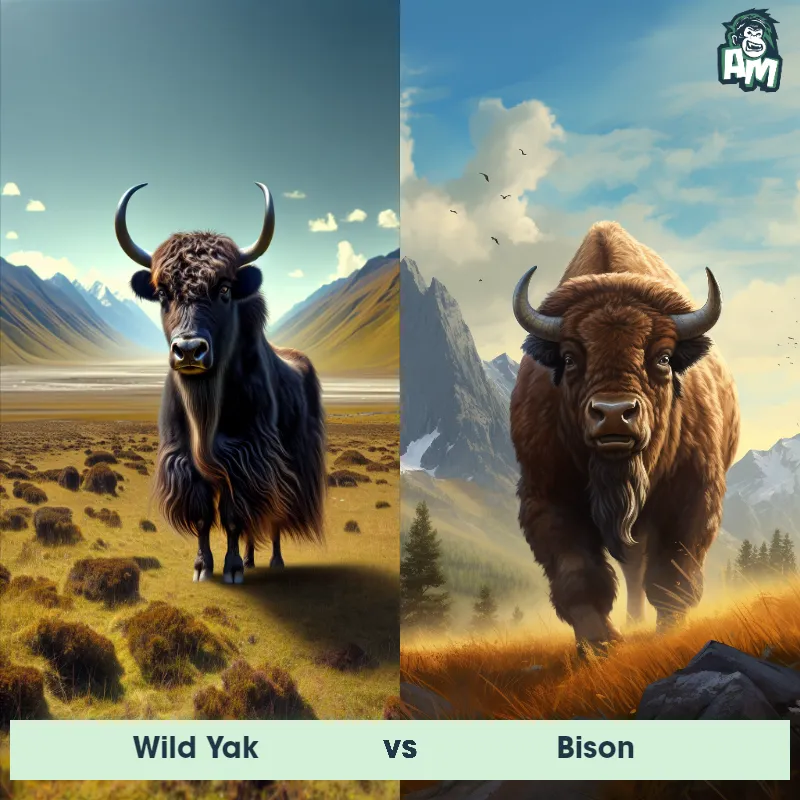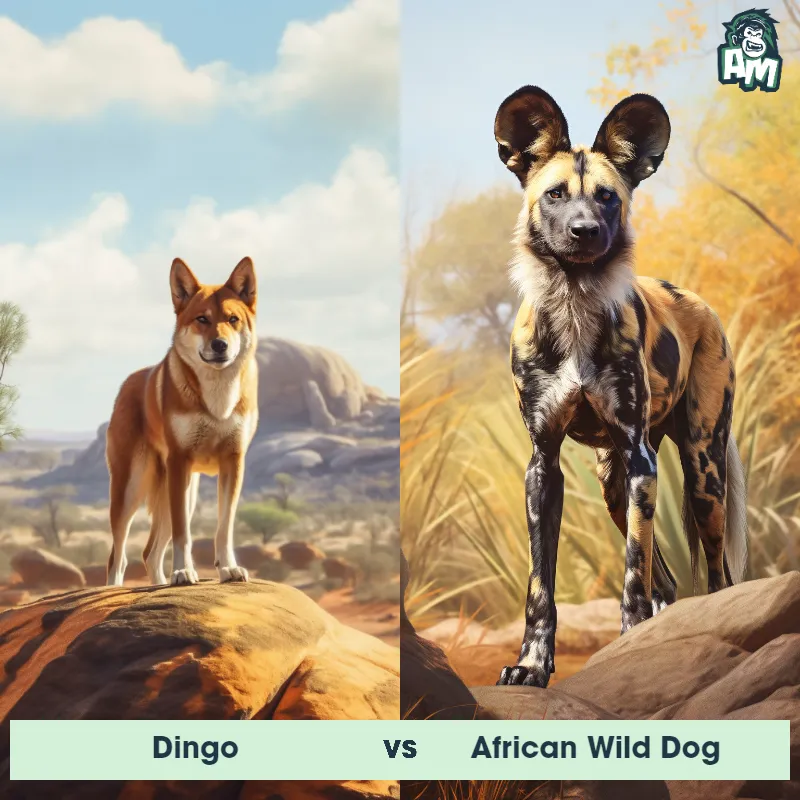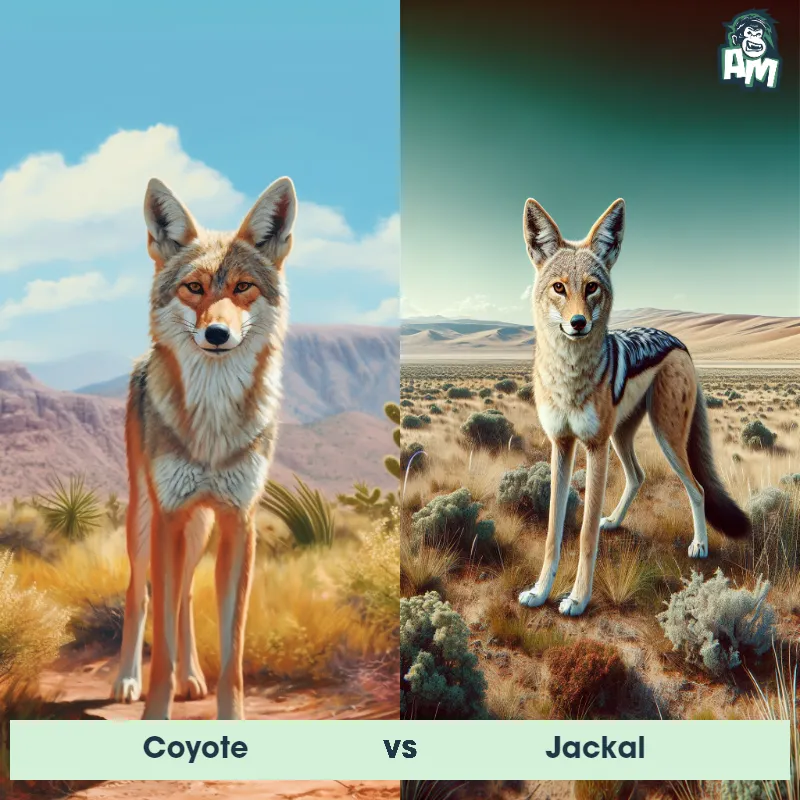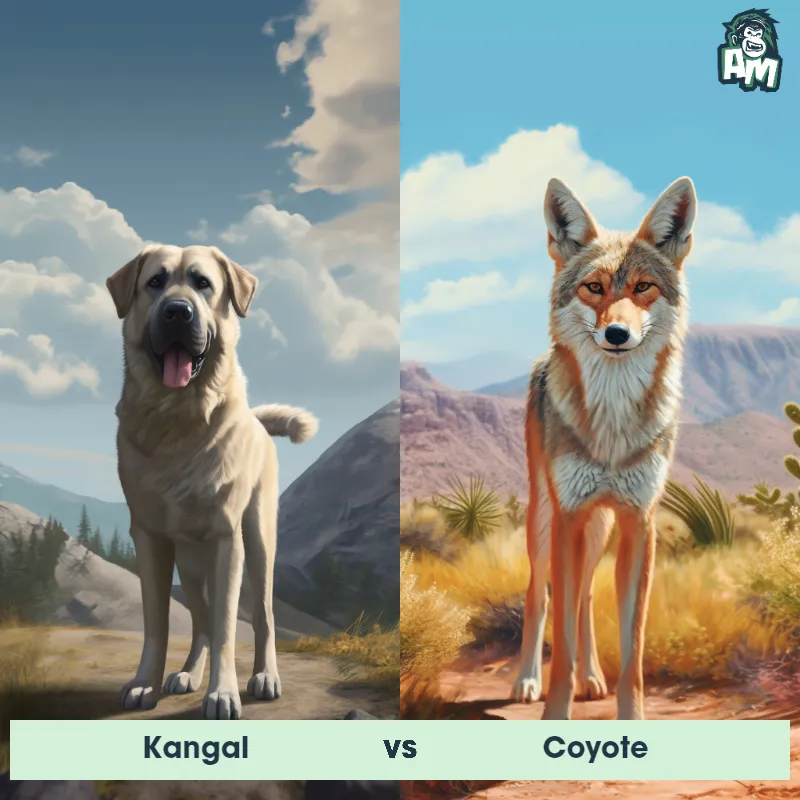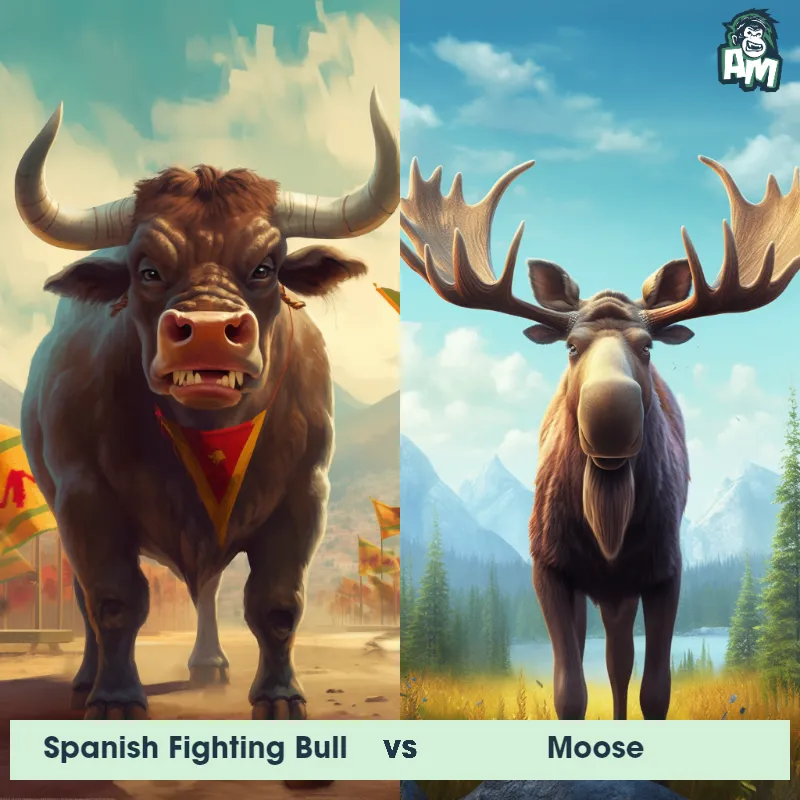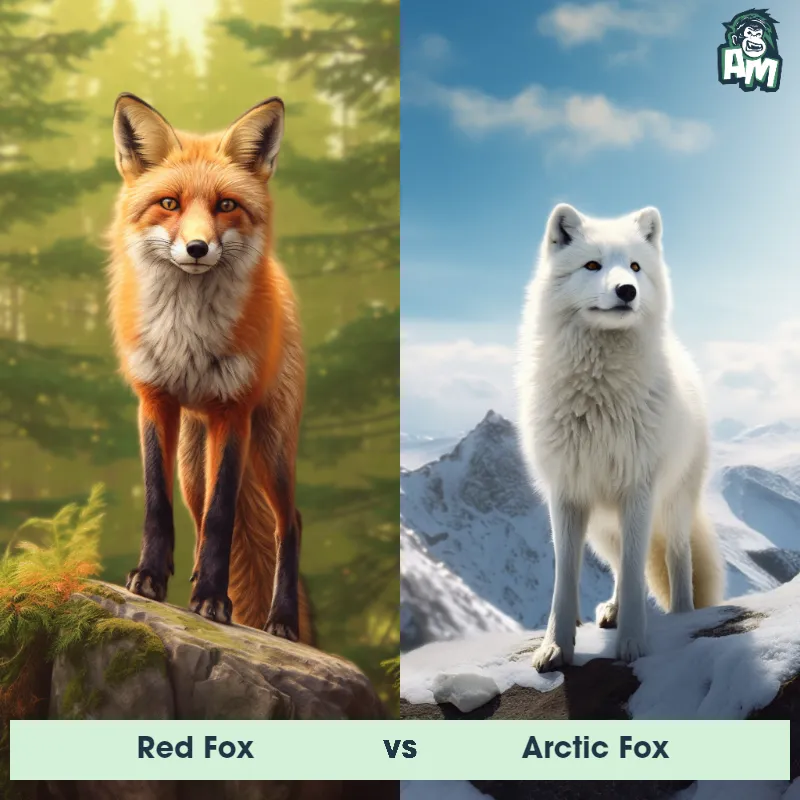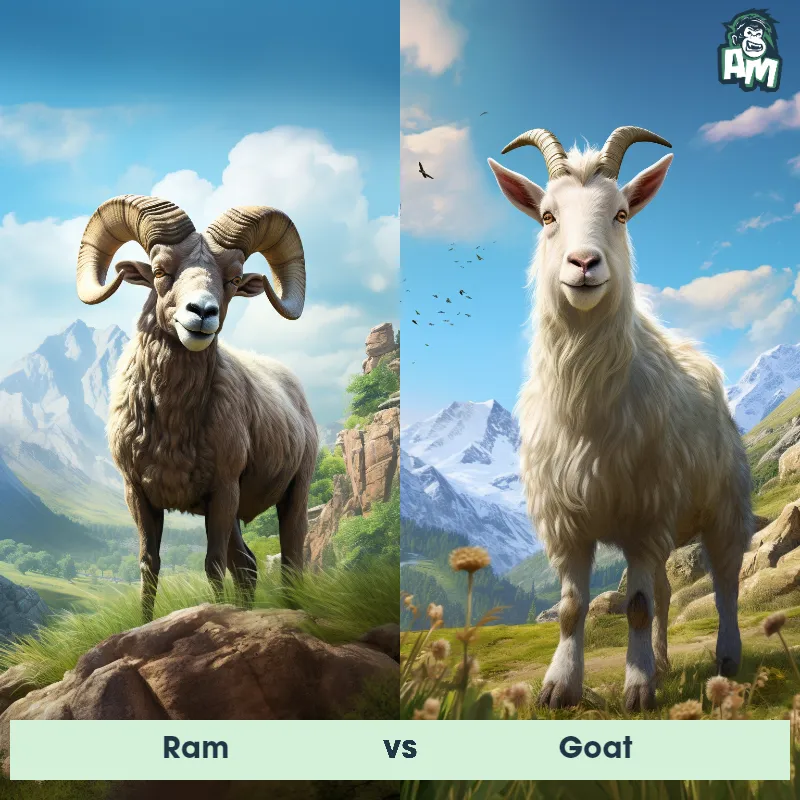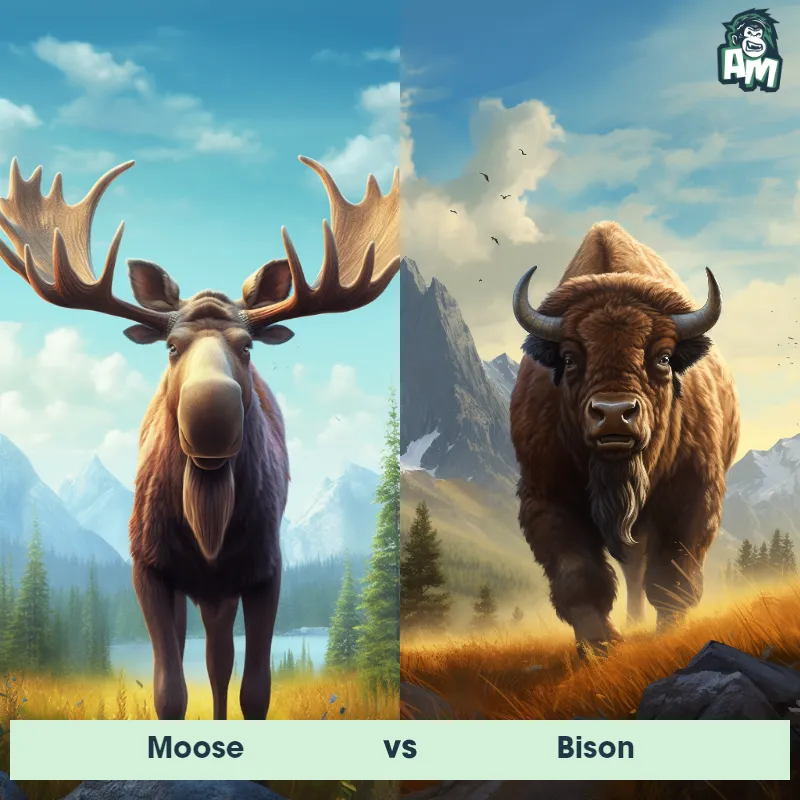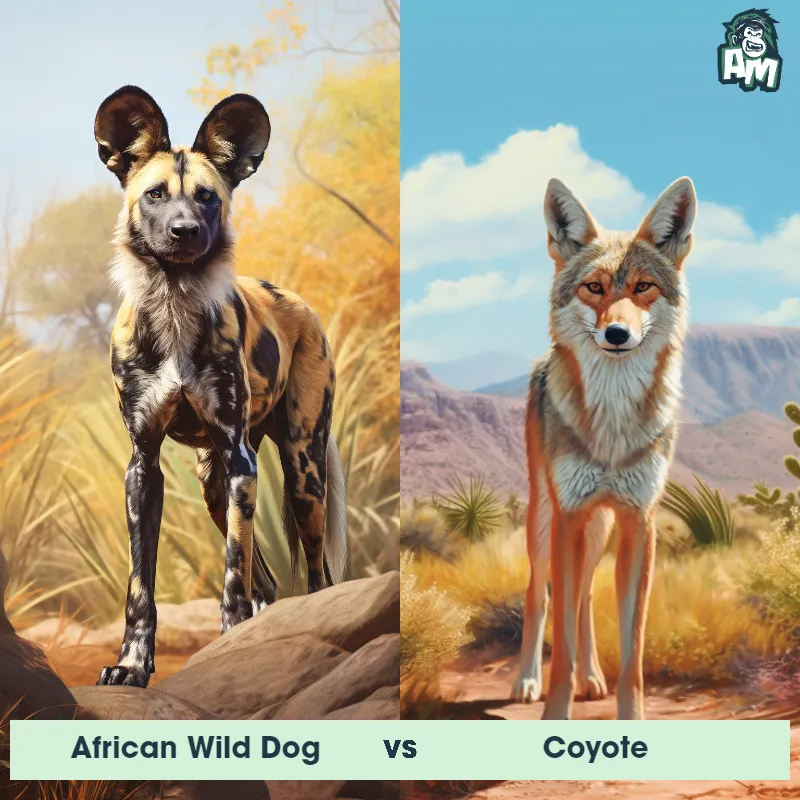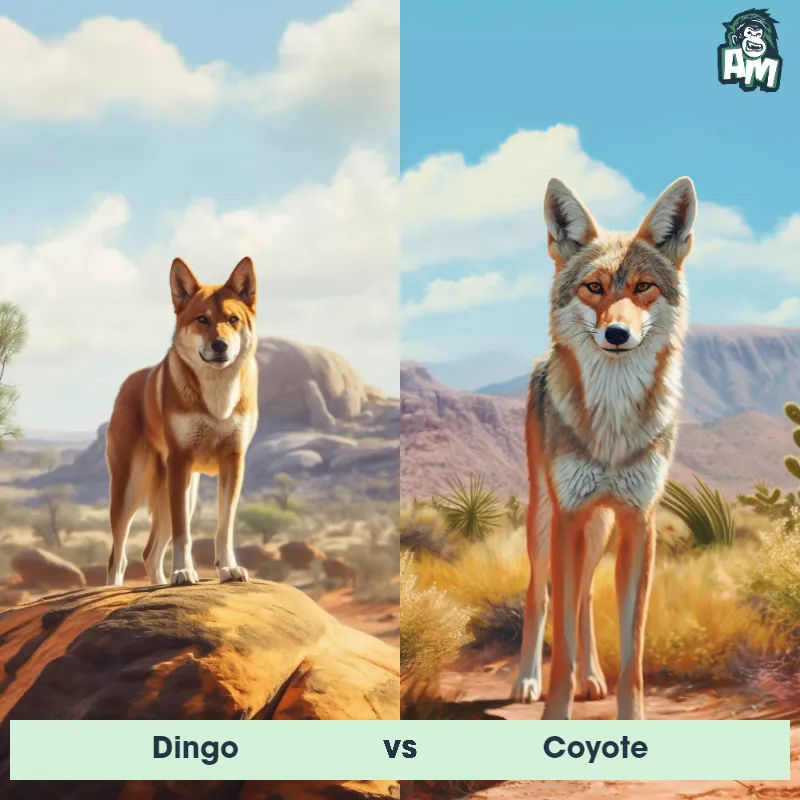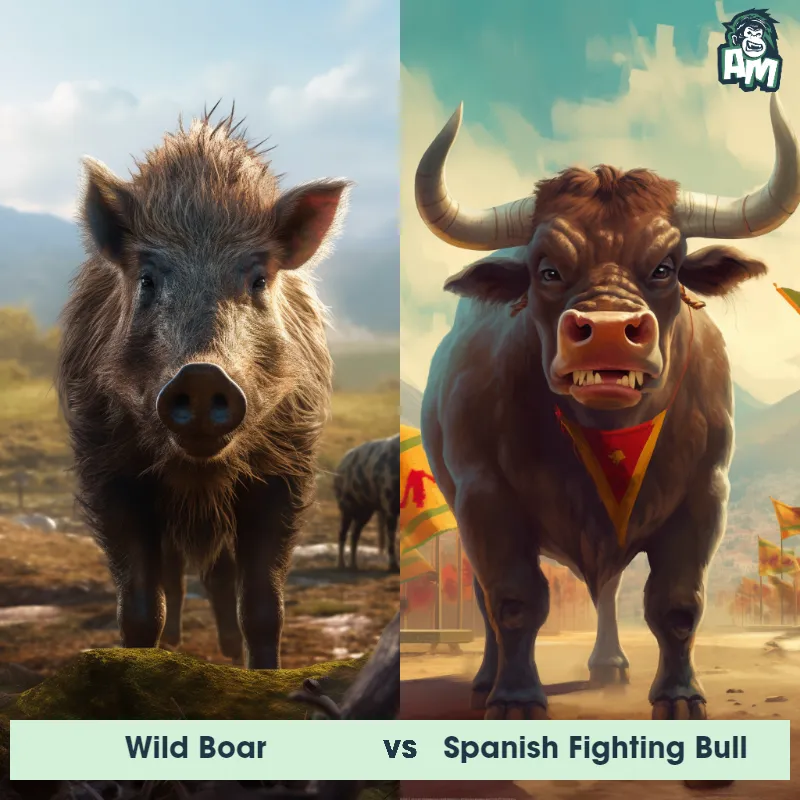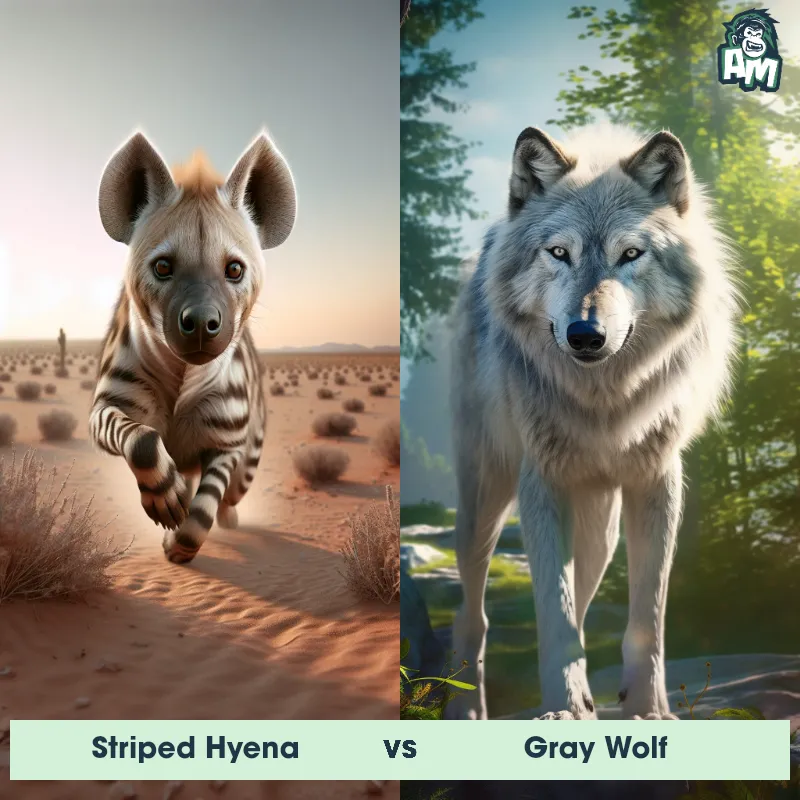Coyote vs BisonSee Who Wins

Ladies and gentlemen, welcome to the thrilling world of animal matchups! We are here today to witness an epic battle between two fierce competitors. In the left corner, we have the agile and cunning coyote. And in the right corner, we have the massive powerhouse, the bison. Both animals bring unique strengths to the ring, so get ready for an incredible spectacle! Let the fight begin!
Contender 1: Coyote
The Coyote, also known as the American jackal, is a small, carnivorous mammal that belongs to the Canidae family. They have a slender, agile body with a bushy tail, pointed ears, and a long snout. Coyotes have a grayish-brown fur coat with a white underbelly, and their eyes are yellow and almond-shaped. They are known for their adaptability and intelligence, and can be found in a variety of habitats, from deserts to forests.
Fun Fact: Coyotes are known for their vocalizations, which include howls, yips, and barks, and they use these sounds to communicate with each other and establish their territory.
Contender 2: Bison
The bison, also known as the American buffalo, is a massive, hump-shouldered beast known for its iconic place in the history and folklore of the American West. They are covered in a shaggy, dark brown winter coat, and have a lighter-weight, lighter brown summer coat. With their massive size, adult males can weigh up to 2,000 pounds, and both males and females have short, curved horns, which they use in fighting for status within the herd and for defense.
Fun Fact: Despite their massive size and seemingly lumbering movements, bison are remarkably agile and quick, capable of running up to 35 miles per hour and jumping high fences.
Matchup Stats
| Coyote | Bison | |
|---|---|---|
| Size | 32-37 inches (81-94 cm) in length | 5-6.5 feet tall at the shoulder (1.5-2 meters) |
| Weight | 20-50 pounds (9-23 kg) | Up to 2,000 pounds (907 kilograms) |
| Speed | Speed: 43 mph (69 km/hr) | 37mph (60km/h) |
| Key Strength | Speed and agility | Powerful size, speed, and horns |
| Biggest Weakness | Lack of physical strength | Limited agility due to size |
Current Votes
Coyote vs Bison
See Who Wins
View More Matches
Looking For More?
Similar Matches
Scientific Stats
| Coyote | Bison | |
|---|---|---|
| Scientific Name | Canis latrans | Bison bison |
| Family | Canidae | Bovidae |
| Habitat | Various habitats, including deserts, forests, and grasslands | Grasslands, prairies, and forests |
| Geography | North and Central America | North America |
| Diet | Omnivorous, eats small rodents, insects, fruits, vegetables, and larger prey like deer and livestock | Herbivore, primarily grasses and sedges |
| Lifespan | 10 years - 14 years | 12 years - 20 years |
Key Differences between Coyote and Bison
- Habitat: Coyotes are highly adaptable and can be found in a wide variety of habitats, ranging from deserts and mountains to forests and urban areas, while Bison prefer open grasslands and prairies, where they can graze on large amounts of vegetation.
- Coloration: Coyotes usually have a grayish-brown or reddish-brown fur coat with a white underbelly and various shades of gray on their face and legs, whereas Bison have a thick, dark brown or black coat with a lighter-colored mane on their neck and shoulders.
- Size: Coyotes are significantly smaller than Bison, with adult Coyotes averaging around 30-40 pounds in weight and measuring approximately 3-4 feet in length, while adult Bison can weigh up to 2,000 pounds and reach lengths of around 6-12 feet.
- Horns: Male Bison possess impressive, forward-curving horns that can grow up to several feet in length, projecting from the sides of their head, whereas Coyotes do not have horns or antlers.
- Body Shape: Coyotes have a slender and agile body structure, with a narrow chest, long legs, and a pointed muzzle, while Bison have a massive and stocky build, with a large head, broad chest, shaggy mane, and a distinctive hump on their shoulders.
- Tail: Coyotes have a bushy tail that is usually held downward or straight out behind them when running, while Bison have a relatively short and tufted tail that hangs down and is often used for flicking away pesky insects.



